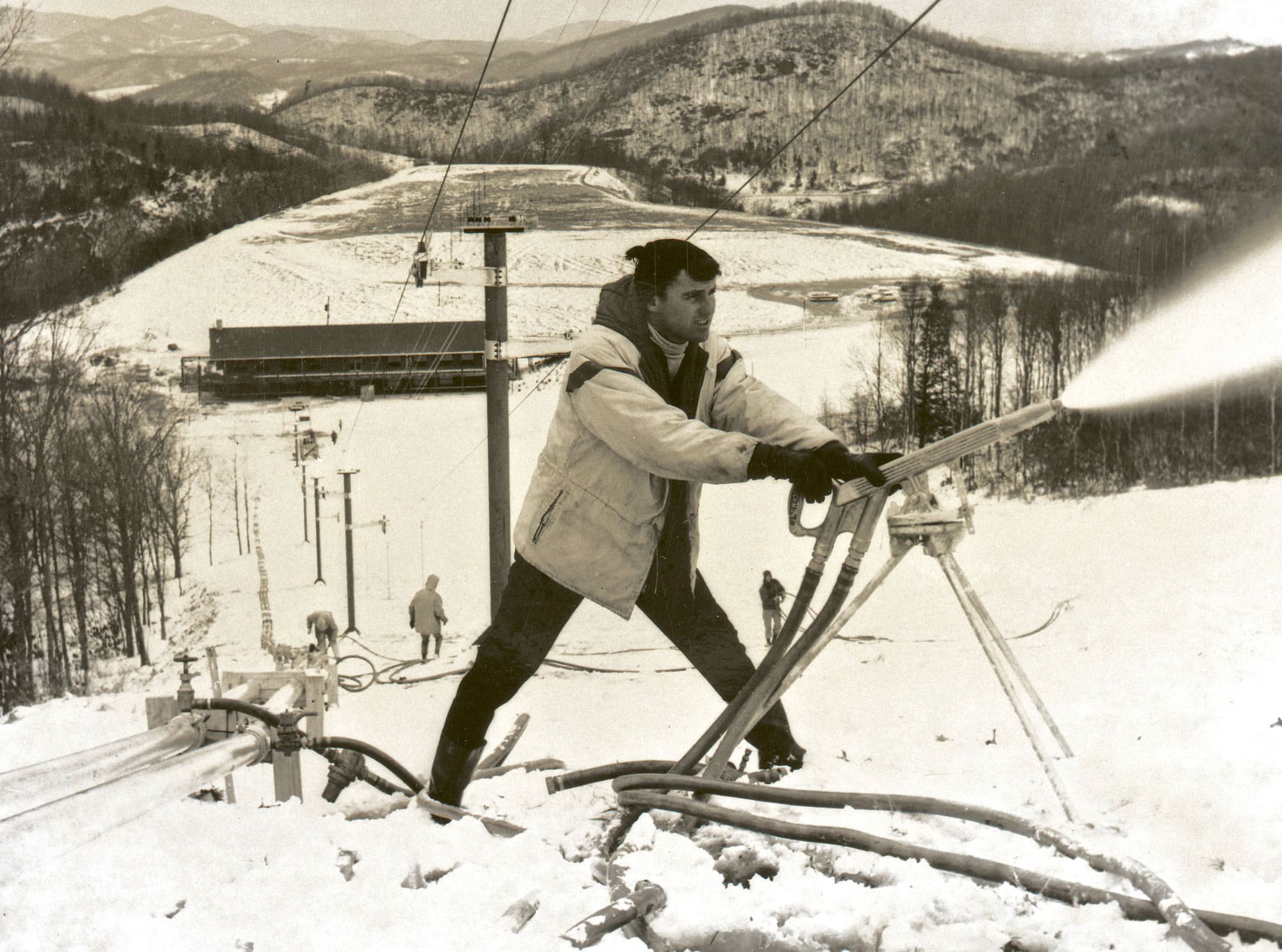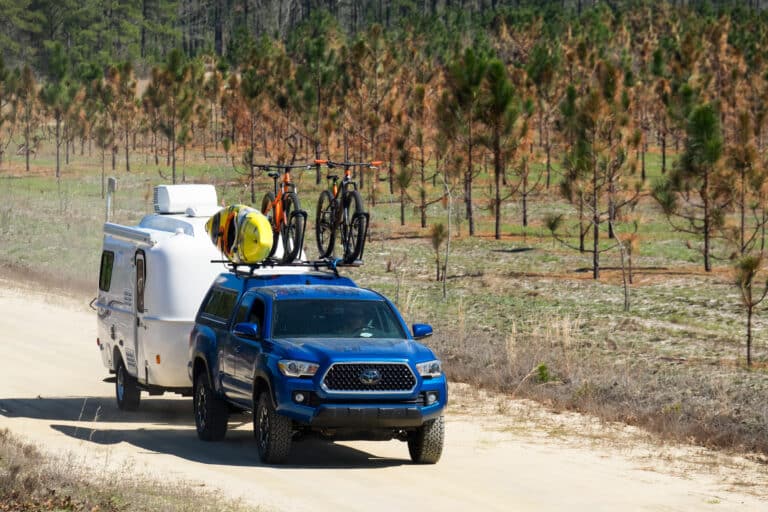With plenty of advancements on the slopes, it’s never been a better time to plan a Southern ski trip.
ANOTHER SKI SEASON LOOMS—
this one with a forecast refreshingly on the snowy side.
Despite optimism, I confess, it’s always bugged me to hear whiners diss Southern skiing in general and then act clueless when it’s obviously the right time to head to the hills. Making the decision to go skiing is not as tricky as answering the riddle of the Sphinx!
If it ever was that difficult—it no longer is. Right now is a pinch yourself moment. It’s never been easier to be a skier—anywhere in the country and maybe especially in the South. There are many ways out there that make it almost foolproof to plan and enjoy a Southern ski trip, including astoundingly accurate insight available online, and increasingly high tech on the slopes.
A Look Back
Few recall what it was like when snow reports started as phone calls among early ski club members. Over decades that became late-week reports in newspapers, on radio, then TV. Skeptical skiers eventually thought the info was woefully outdated or intentionally inflated.
A few years ago, in updating the new edition of my regional ski book Southern Snow: The New Guide to Winter Sports from Maryland to the Southern Appalachians, I recalled that the original 1986 book actually recommended that skiers create their own telephone network of snow informants in the mountains.
Times have changed
Even if you harbor misgivings about the ski climate of the Southern Appalachians, any number of high-tech revolutions have taken a whack at your worries. The number of ski resorts has dipped over the decades, down here and in every ski region, but those remaining are bigger and better than ever.
The pandemic sparked an outdoorsy ski boom at Southern slopes, but over the last few years of “should I stay or should I go,” I set out to strategize on when and why to choose from among the region’s ski areas. Like many serious skiers, I truly do cast my net over the entire Southern Apps to find where the best conditions and infrastructure intersect.
Let’s look at some of the important trends in play today on our slopes.
Webcams
In truth, some of the “slippage” skiers found in the veracity of ski resort slope reports was the time it took for the info to reach consumers. Webcams aren’t new, but today’s growing region-wide network of them lets us watch snow falling from the sky, plows clearing the roads, and snow guns roaring. As I set out to really use that video network, I realized there’s so much more than mere entertainment involved.
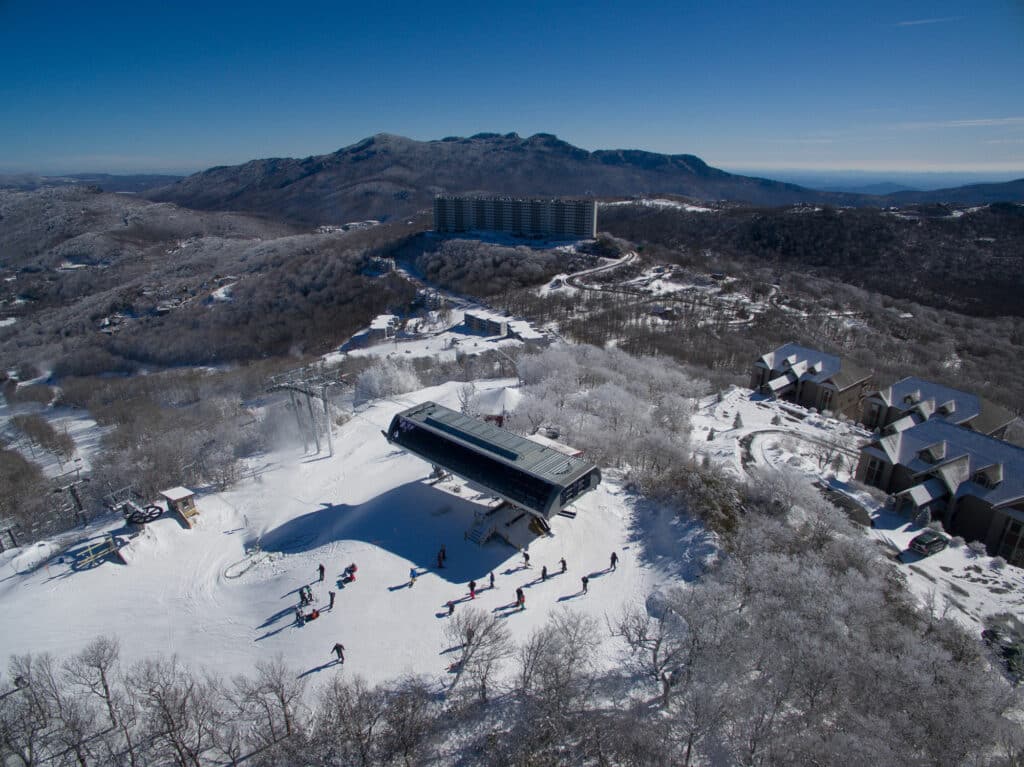
Matching weather forecasts and stats to creative use of the web cam network yields major insight into when, where, and why the Southern snowbelt works the way it does. It amazed me how often cams reflected the description of southern snowfall I recount in Southern Snow’s climate chapter.
The cams graphically depict the way more westerly high peaks in West Virginia and those farther south along the North Carolina/Tennessee state line generate the enhanced orographic snowfall created by being first in line when a snowstorm strikes. The cams also showed that slopes farther east often lie in the “precipitation shadow” of western ranges. That shielding effect can reduce natural snow, but it also comes into play when rain moves through, reducing the impact of drizzle on more easterly ski runs when the cold roars back and snowmaking quickly recovers.
Micro insights were everywhere. Some ski areas have overlapping fields of video coverage that let you assess how open terrain will affect the ski experience. There can also be insight into the length of lift lines and how well they’re managed (as in how smoothly they flow and how often lifties fill the seats). That is, if you can see them (which many resorts avoid).
The cams can make it easier to decide if you’re even going skiing. You can compare the weather and slope conditions between resorts, compare the extent and quality of their snow, see whether snowmaking is in progress. Combine that and open terrain stats from the slopes for real insight. Massanutten in Virginia debuts a new summit cam this season.
Even Natural Snow
There’s even a Nordic skiing and winter mountaineering side to the webcam strategy. Thanks to the High Peaks Hiking Club, there’s a webcam on Mount Mitchell. There’s a cam on Beech Mountain aimed at Beech Mountain Parkway and adjacent meadows, and that says a lot about what kind of ambient snow exists for snowshoeing or cross country at 5,500 feet in Beech Mountain’s Emerald Outback. That applies to nearby high peaks, too, including Roan Mountain, a true destination for cross-country skiers and mountaineers.
Beech Mountain Resort’s summit cam is a trove of insight, and not just about slope conditions. There’s no web cam on Mount Rogers, the highest peak in Virginia, but as the Beech summit cam cycles through its views, the most distant closeup reveals Mount Rogers. Inspect the scimitar-shaped snowy meadows of adjacent White Top, then add in a load of hoarfrost, and winter enthusiasts can make a safe bet to take the drive. Same with Sugar Mountain’s “Grandfather View” summit cam. It’s a spectacular view of that snow-blasted summit.
Similar insight about West Virginia’s Dolly Sods comes from eyeing Mount Timberline’s webcams. Besides the slopes, it’s easy to see snow conditions on the floor of Canaan Valley and on Canaan Heights beyond. Add that to the ski report at White Grass Ski Touring Center to divine how much natural snow cover there is in a place where Southern skiers often expect it.
Forecasting
Long range forecasts are increasingly accurate, but it’s the startling reliability of forecasts for the upcoming few days that decreases the risk of disappointment—especially for weekend warriors. (The best way for weekend skiers to avoid disappointment? Finally take a midweek ski trip!)
The National Weather Service is ever more accurate in mountainous areas, but choose a super local information source, like’s Ray’s Weather, for western North Carolina (raysweather.com), and you may get even more micro local forecasts, snow accumulation prediction maps, and after-the-fact snow and temperature stats. It’s all as close as an Internet connection, a once futuristic convenience that has deepened the faith skiers can have when the snow gods seem ready to answer their prayers.
The Rest of the Tech
It may not be sexy, but the region’s once laughably primitive snowmaking is light years beyond what it was and as cutting edge as anywhere in the country. The best Southern snowmaking systems boast massive firepower that often grows annually, with new fixed slopeside guns and increased water and air compressor capacity. Highly automated and computerized, the systems’ sensors react to changing humidity and temperature, fine tuning snowmaking to microclimates scattered all over the slopes.
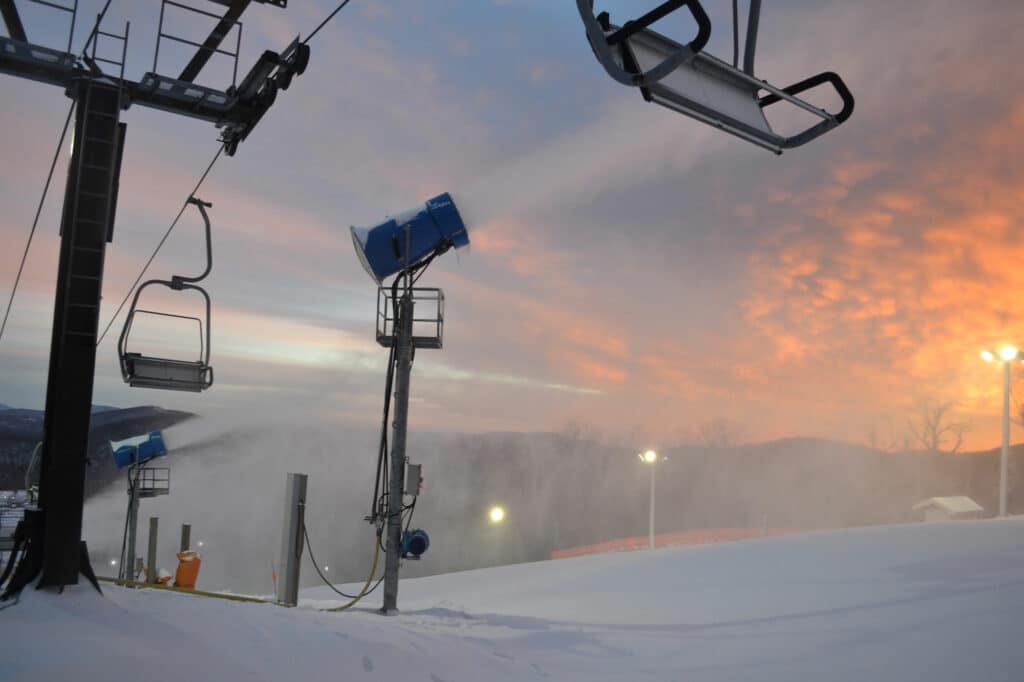
It’s not just tech, but strategy that makes a big difference. With snowmaking that sophisticated, managers blow snow earlier and later in the season, making the region’s skiing vastly more reliable. By being able to quickly exploit the coldest weather, resorts no longer have to cover the slopes bit by bit. The goal for many is “opening to the top” in one burst, and that can mean bringing an entire slope system into use, or into awesome conditions, with amazing speed. When that happens, aim your ski trip just as the weather moderates to avoid snowmaking.
Research on the Southern ski industry says the region’s resorts are among the nation’s most aggressive at investing profits in improvements. That has created a long recent list of new chairlifts, including the growing proliferation of high-speed detachable chairlifts that literally detach the chair seat from the moving lift cable, permitting beginners to get on and off with the chair barely moving. This season, Massanutten concludes a two-year expansion with a new high speed detachable quad to the peak, the Summit Express.
These speedy four- and even six-passenger chairlifts also let long-time veterans grow the number of miles and vertical feet they ski, getting more bang from their lift ticket buck. The Indy Pass discount ski ticket program also does that. You buy the pass and get two “free” tickets and a third discounted ticket at participating resorts, six of which are in Southern states: West Virginia, Virginia, North Carolina, and Tennessee (indyskipass.com).
Slope grooming, once non-existent, has become another specialty of regional slopes. The norm now is often flawlessly smooth and inviting corduroy-ribbed ski runs, courtesy of high-tech grooming machines, a few that climb cable systems up the South’s steepest runs.
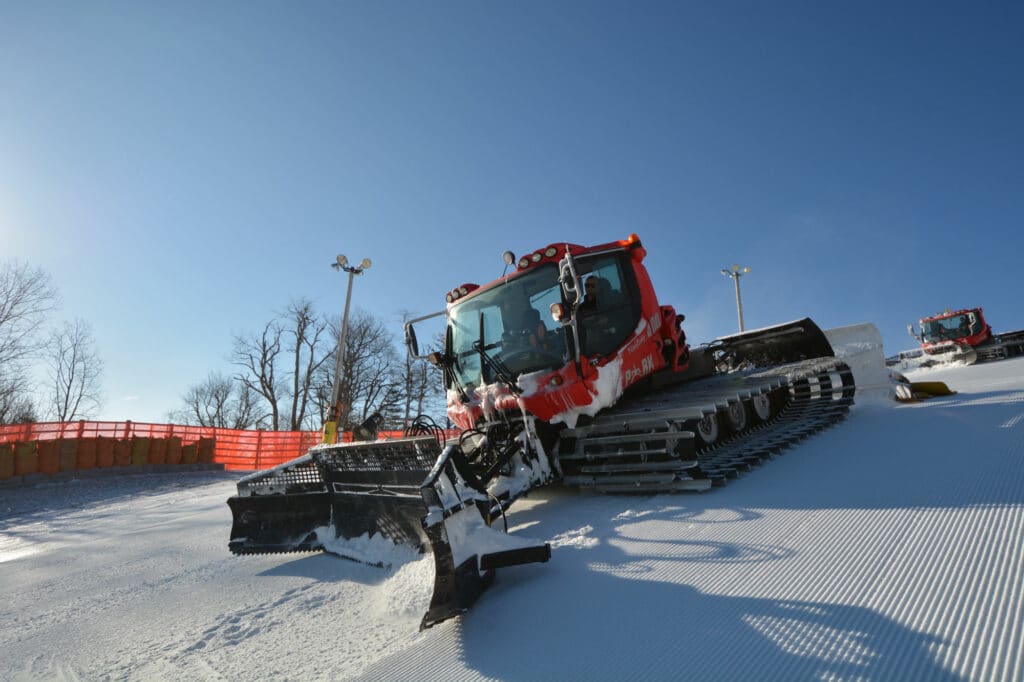
New slopes happen too. Also this season, Massanutten opens a new lift line trail called No Hessitation, that gives the mountain its first double black diamond run, complementing Slot, last year’s new black diamond.
Improvements also routinely continue off the slopes. This year, under new owners, the former Wolf Ridge Ski Resort is being rebranded as a boutique ski area named Hatley Pointe. High hopes for the resort a half hour from Asheville via Interstate 26 start with this season’s massively expanded lodge and fine dining restaurant. Sugar Mountain has refurbished its lodge and is instituting an online ski rental system with touch screen kiosks expected to streamline the process.
The pandemic upset a lot of expectations and vacations but time and technology have marched on. The mystery of deciding if and when to ski has become downright easy to sort out. With an enticing forecast out there for a snowy winter, this year may be the time to put a little trust in technology.
Randy Johnson is a member of the North American Snowsports Journalists Association and winner of an award from the International Ski History Association for his book Southern Snow. Visit him and his books, and check out some of his videos, at randyjohnsonbooks.com.
Cover photo: Early snowmaking at Appalachian Ski Mountain. Photo courtesy of the resort.
